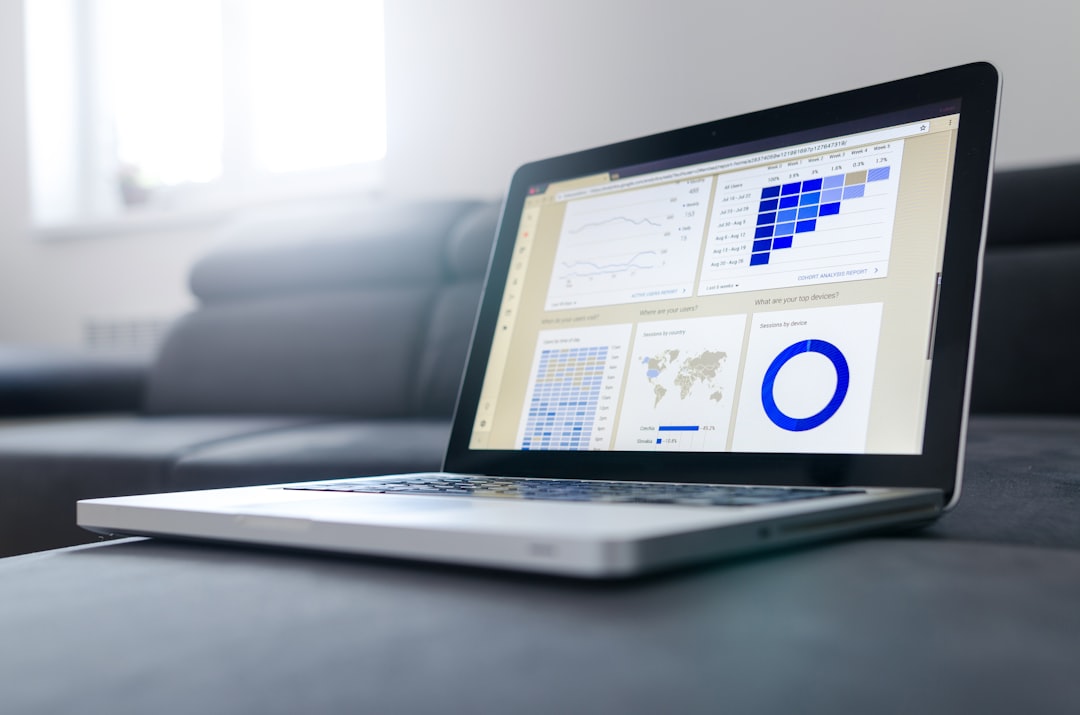Introduction
In today's rapidly evolving business landscape, organizations face an increasing number of risks and uncertainties. To effectively navigate this complex environment, businesses need robust risk management tools. Risk dashboards have emerged as indispensable tools that enable businesses to assess, monitor, and manage various types of risk. This article explores the importance of risk dashboards in driving effective risk assessments. We will delve into their key features, their ability to monitor risks in uncertain environments, customization options, and the technical components that make them so powerful.
Key Features of Risk Dashboards
Risk dashboards are comprehensive tools that provide a consolidated view of an organization's risk landscape. Here are some key features of risk dashboards:
Centralized Reporting: Risk dashboards centralize data from various sources, providing a holistic view of risk across different areas of the business.
Real-time Monitoring: With real-time data updates, risk dashboards enable businesses to stay informed about emerging risks and potential threats as they unfold.
Data Visualization: Visual representations, such as charts, graphs, and heat maps, help stakeholders easily interpret and understand complex risk data.
Customizable Alerts: Risk dashboards can be configured to send alerts and notifications when predefined risk thresholds or triggers are breached, ensuring timely response.
Monitoring and Tracking Risks in an Uncertain Environment
Uncertainty and volatility are inherent in today's business landscape. Risk dashboards play a crucial role in helping businesses monitor and track risks effectively, even in uncertain environments. Here's how risk dashboards enable businesses to navigate uncertainty:
Early Detection of Risks: Risk dashboards provide real-time insights into potential risks, enabling businesses to detect them early and take proactive measures.
Quick Response: By monitoring risks through risk dashboards, businesses can respond swiftly to mitigate potential threats, minimizing their impact on operations and bottom line.
Tailored Risk Assessments: Risk dashboards can be customized and tailored to meet the specific needs of a particular company, allowing businesses to focus on the risks most relevant to their industry, geography, or regulatory environment.
Examples of Risk Dashboard Applications
Large Enterprises: A multinational corporation leveraging a risk dashboard can monitor financial risks across multiple subsidiaries, track compliance with industry regulations, and identify supply chain vulnerabilities, enabling proactive risk management.
Small Businesses: A small business owner can use a risk dashboard to assess market risks, monitor cash flow patterns, and identify potential cybersecurity threats, allowing them to make informed decisions and protect their business from potential harm.
Technical Components of Risk Dashboards
Risk dashboards encompass several technical components that contribute to their effectiveness. These components include:
Data Visualization Tools: Data visualization tools such as charts, graphs, and interactive maps transform complex risk data into easily understandable visual representations.
Custom Rules Engines: Custom rules engines enable businesses to define and configure their own risk thresholds, triggers, and alert mechanisms, ensuring that the risk dashboard aligns with their unique risk appetite and mitigation strategies.
Data Integration Capabilities: Risk dashboards integrate data from various sources, including internal databases, external APIs, and third-party risk assessments, providing a comprehensive and accurate view of risk.
Advantages of Risk Dashboards in Risk Management
Improved Decision-making: Risk dashboards provide decision-makers with real-time insights and actionable information, enabling them to make more informed and strategic decisions.
Proactive Risk Management: With real-time monitoring and tailored alerts, risk dashboards help businesses take proactive measures to mitigate risks before they escalate.
Efficiency and Agility: Risk dashboards streamline risk assessment processes by consolidating data and automating reporting, resulting in increased efficiency and agility in risk management.
Enhanced Stakeholder Communication: Risk dashboards facilitate better communication between stakeholders by providing a shared understanding of risks, fostering collaboration, and aligning risk management efforts across the organization.
Closing Remarks
In today's uncertain business landscape, risk dashboards have become essential tools for effective risk assessments. By providing centralized reporting, real-time monitoring, and data visualization capabilities, risk dashboards empower businesses to track and respond swiftly to potential threats. Customization options allow risk dashboards to be tailored to specific business needs, ensuring focus on relevant risks. The technical components, including data visualization tools, custom rules engines, and data integration capabilities, combine to provide an accurate and comprehensive view of risk. Embracing risk dashboards enables businesses to navigate uncertainty with precision, ultimately leading to improved decision-making, proactive risk management, and enhanced stakeholder communication.
